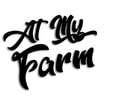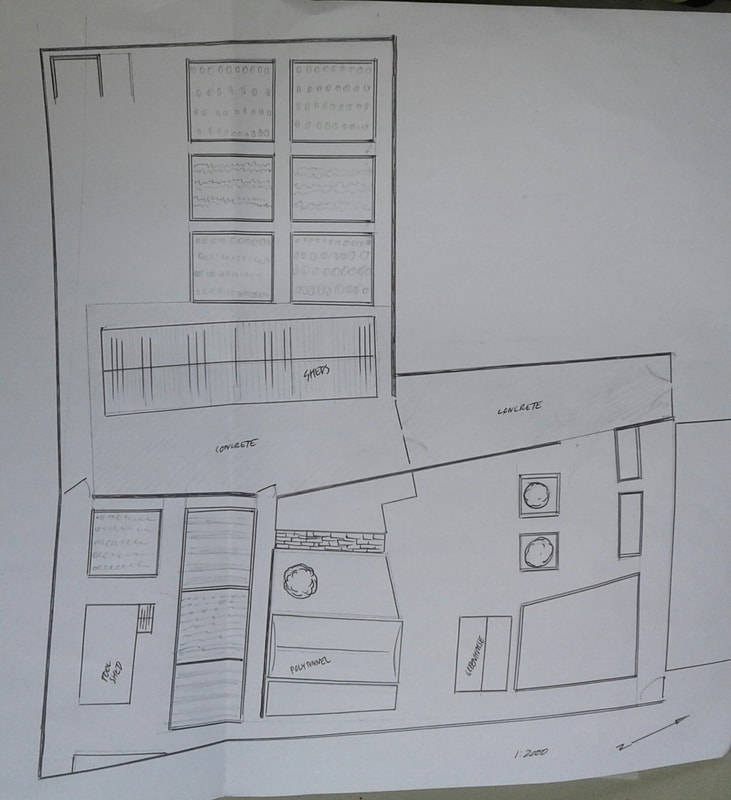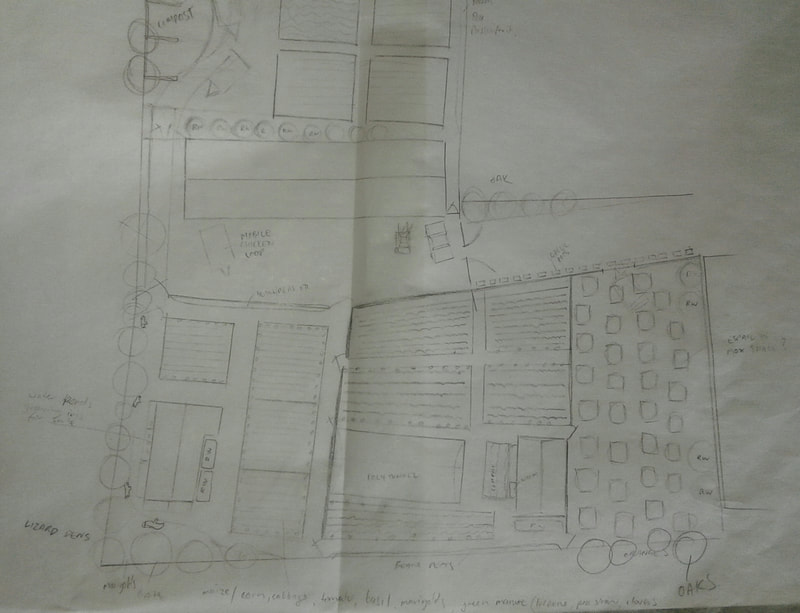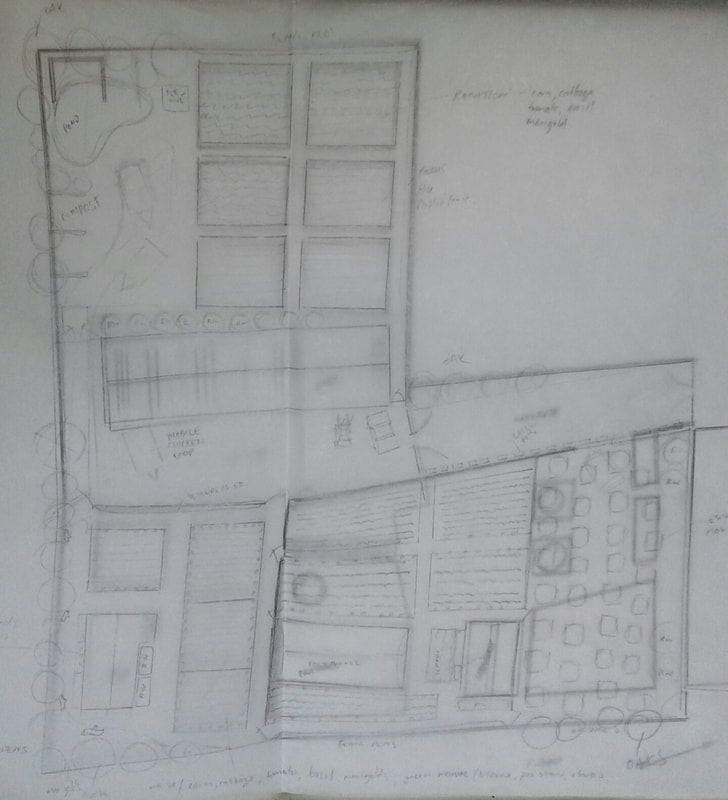|
After talking to organic farmers, one of the main pieces of advice was to maximize the use of space. So when I looked at the existing site I noticed that over one third of the land was not being used. This became one of the major aims of the redesign. Secondary aims were to introduce animals that could be farmed and provide manure on site and also introducing the use of rainwater which the site currently does not use at all. The current site has an existing tool shed, a large storage / work shed / processing area, and a greenhouse and a polytunnel. A small compost heap (more of a dumping ground than anything) a large concrete driveway, 10 raised garden beds, existing fences and gates make up the remaining significant features. Multiple uses, erosion control, grazing rotation, crop rotation.
Chickens have been introduced into the design to provide manure, eggs and a degree of pest and weed control. A number of mobile chicken tractors would be used to house the birds so that grazing can be contained to the 3 sections of the farm to enact a grazing rotation. Corn is grown as windbreaks around crops as wind erosion is one of the major concerns for this site. The corn is able to be used as chicken feed. Other crops are based on rotations that the site already uses and have been successful in the climate and soil. They are cabbage and other brassicas, along with tomatoes. Tomatoes supposedly help deter cabbage grub. Companions are added to this duo such as basil and marigolds. A green manure crop including pea, chicory, clovers and lucerne can also be used as a feed crop for the chickens and is part of the rotation in the raised beds. A large area of unused spaces around the greenhouses has been designed to support an orchard. Citrus, Quinces, nectarines, apricots, olives, plums, cherries, figs, grapes, pomegranates, almonds, walnuts, chestnuts would all be recommendations. Using espalier techniques may be beneficial to maximise the plants number sin a smaller space. Chickens are used here for weed and pest control. Oak trees are grown around the edges of the property where possible, both as a windbreak and home for wildlife. The oaks have a protective action on citrus and the leaf mulch can be used to deter slugs. Slugs and snails are the main pest currently so habitats for lizards have been added to the design, creating small caves under dead logs and among rocks. A pond is also added to attract beneficial wildlife while also having the ability to be used for growing water flowers or an edible crop. Composting has been expanded with multiple heaps and a worm farm. Fences and barriers are used as trellis to support beans, passionfruit, kiwi or other climbers. A large concreted area of the farm is also underutilized, so creating planter boxes where crops can be grown would be a way to maximise the space. Growing garlic in moveable planters is an idea so that the planters can then be shifted into areas to deter pests. As many rainwater tanks as possible have been added to the design as there is not a single tank currently on site. Traffic is set to the walkways. Any large transport could only travel over the concrete areas. The remaining land is dealt with by machinery no larger than a walk behind tractor due to the small scale of the operation, the bonus being less damage to the soil. After harvest, organically certified row cover is recommended to eliminate light, kill weeds and promote worms. Cover is removed, compost added and broad forked, ready for planting. Finally the design also adds a beehive to give our special little friends an on site home.
0 Comments
Leave a Reply. |
Organics &Sustainabilityfeatures
All
Archives |




